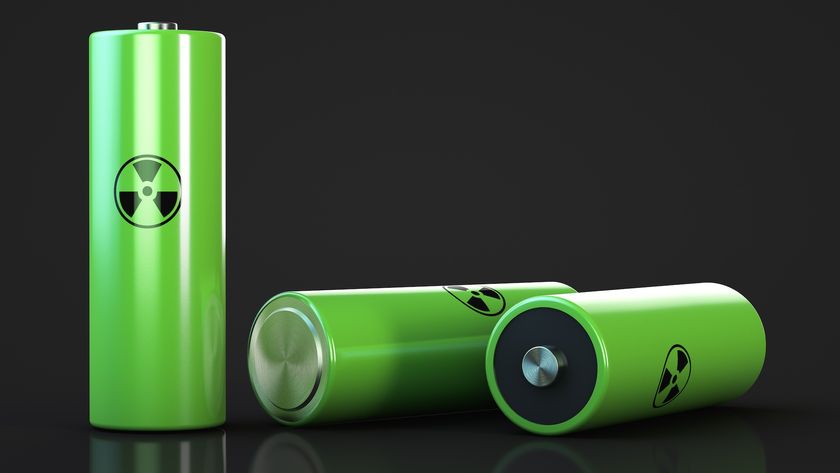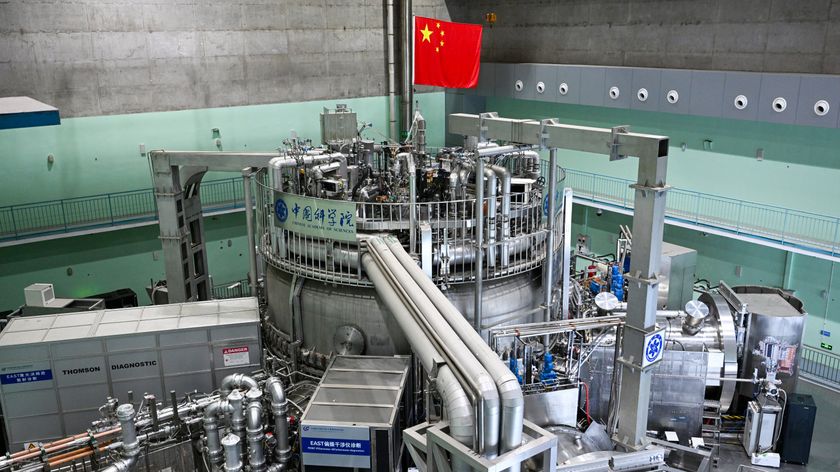Home Control Products Finally Come of Age
On the way home you could use your cell phone to adjust the thermostat. As you park in the driveway, you might push a button to turn on appliances indoors. Inside, you might use a universal remote to turn lights on and off, and bring up images from a security camera to check a suspicious noise.
Thanks to the latest generation of home control systems, such scenes should become more and more common, Bill Ablondi, an analyst with Parks Associates, told LiveScience.
"It's definitely growing in consumer awareness, and at the high end of the residential market, home control systems are put in routinely during new construction or major remodeling," he noted, adding that a wave of new home control products is expected to hit the market later this year.
Z-Wave and others
Much of the upsurge is credited to the Z-Wave Alliance. Its Z-Wave low-power, low-speed, digital radio self-networking control standard has been adopted by more than a 150 manufacturers, Ablondi noted. All Z-Wave products from those members should be able to operate with each other. Z-Wave has a range of about 60 feet indoors, which is enough to cover the average house — and repeaters are available to extend the range in bigger houses.
Its main competitor is a standard called ZigBee, which also involves low-power, low-speed radio control devices that automatically form themselves into a network. There are fewer ZigBee suppliers, and those suppliers often make enhancements to the ZigBee standard that are proprietary to their products, so that they won't necessarily operate with ZigBee products form other vendors, Ablondi said.
A third member of the latest generation is Insteon, whose devices communicate with each other not only via low-power radio, but through the house's own AC power wires, Ablondi added.
Sign up for the Live Science daily newsletter now
Get the world’s most fascinating discoveries delivered straight to your inbox.
Prices going south
Prices range from $75 to $150 for a thermostat controller, and around $40 for control modules for individual lights or appliances. "Basically, the modules are $20 to $30 more than you'd pay for the same power socket without the controls," Ablondi said.
Volume production and competition can be expected to drive down prices in the near future.
Mass market sales have so far been stronger online than through retail outlets. Ablondi expects sales to grow from $3.5 billion last year to $6 billion in 2012.
Lighting control is the most common application, Ablondi said. "But it goes all the way from standard heating and air conditioning controls to intelligent systems that can be programmed to vary their functions depending on whether people are in the room, the time of day and the premium billing hours used by the local utility," he explained.
Why control?
The control systems can save users money through reduced power consumption. Not only will the systems allow more control over lights and temperature, but the control modules, when turning off an appliance, completely shut off the power to it, Ablondi noted. That ends the trickle of power consumption that appliances maintain in order to achieve "instant on."
"But the biggest motivator will be convenience, such as the ability turn off lights remotely, not only individually but in strings," he said. "Being able to see around with security cameras offers more security, and you can often scare off burglars just by turning on lights."












